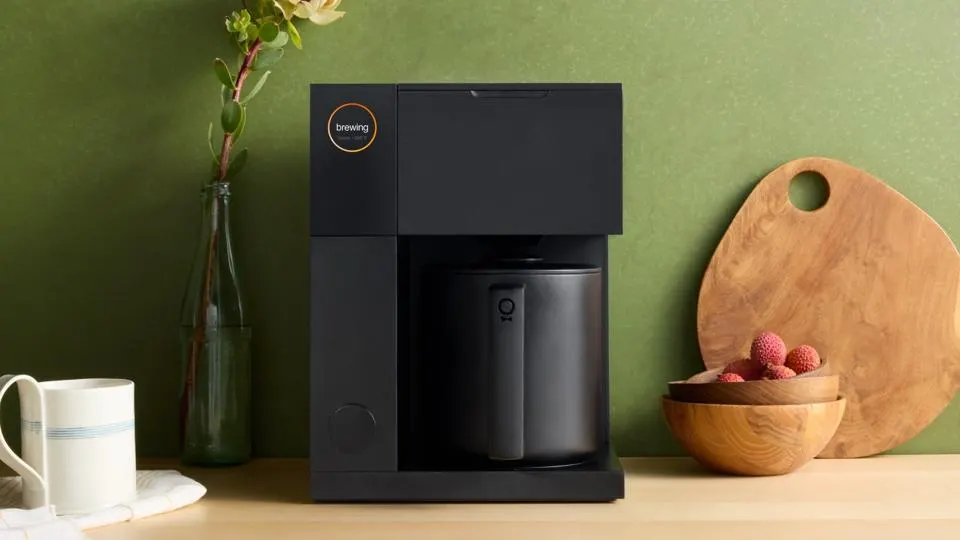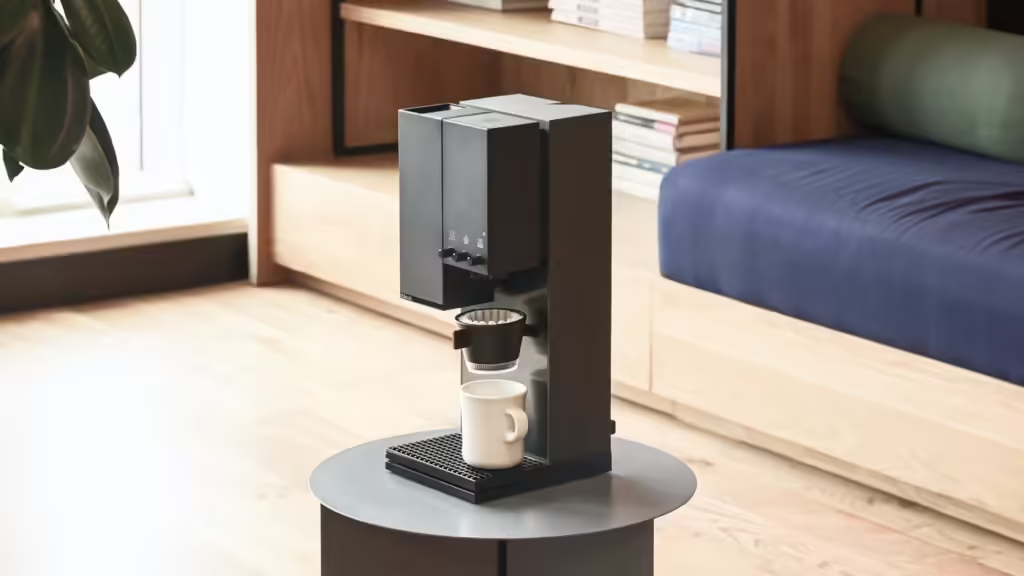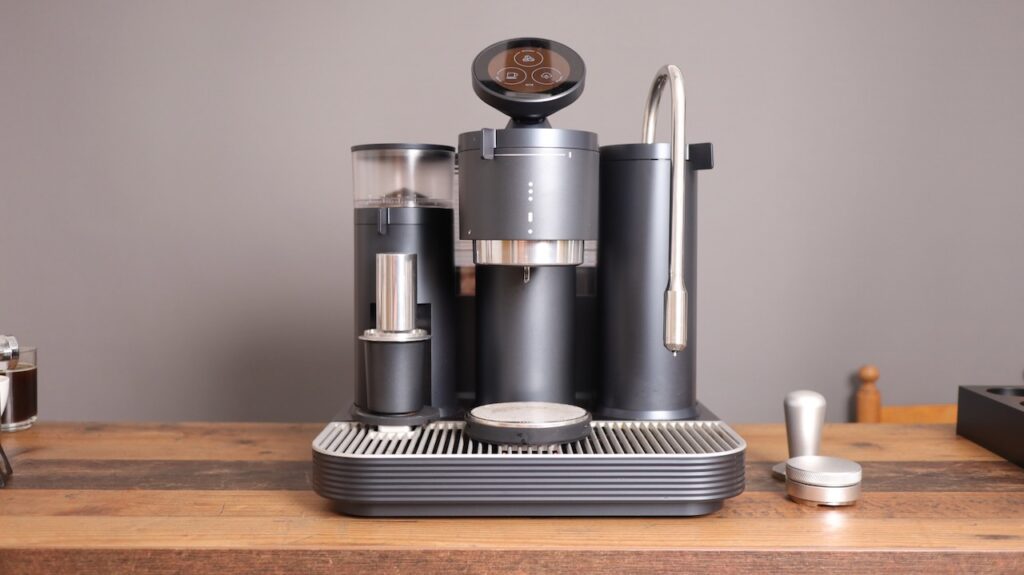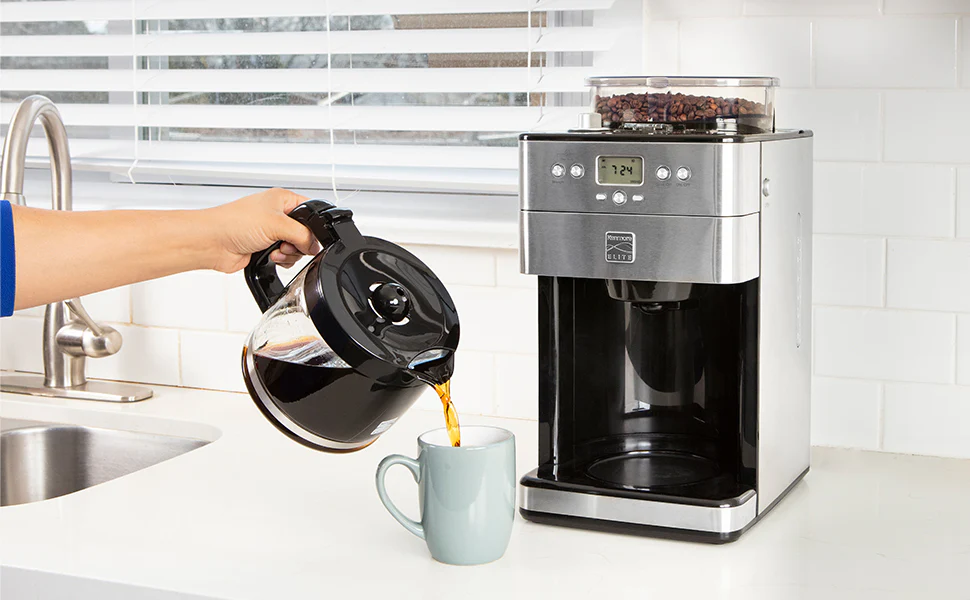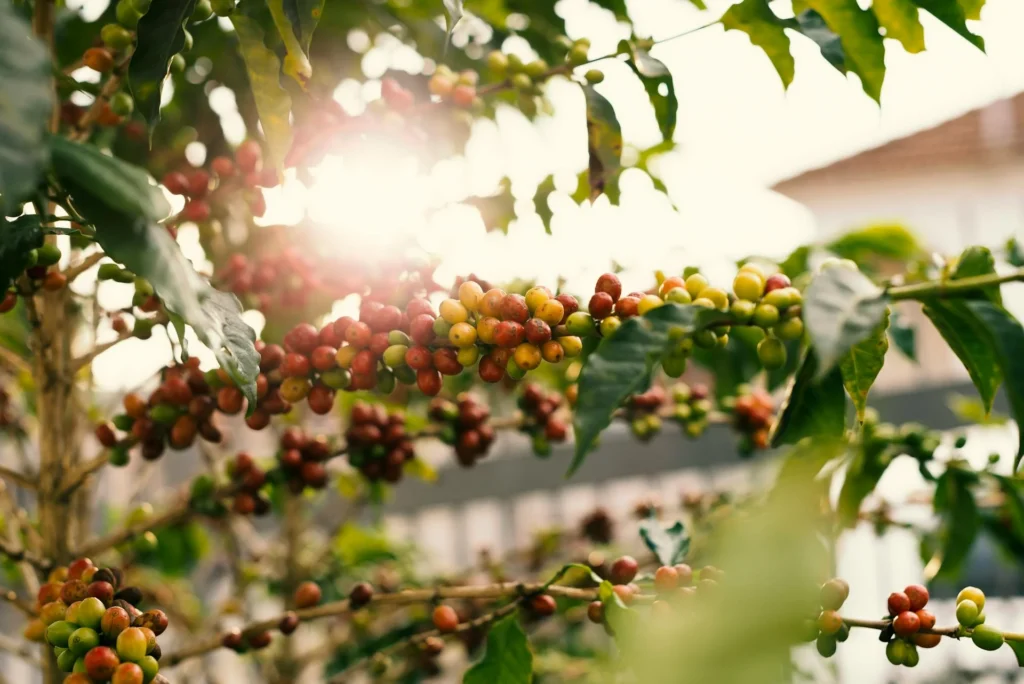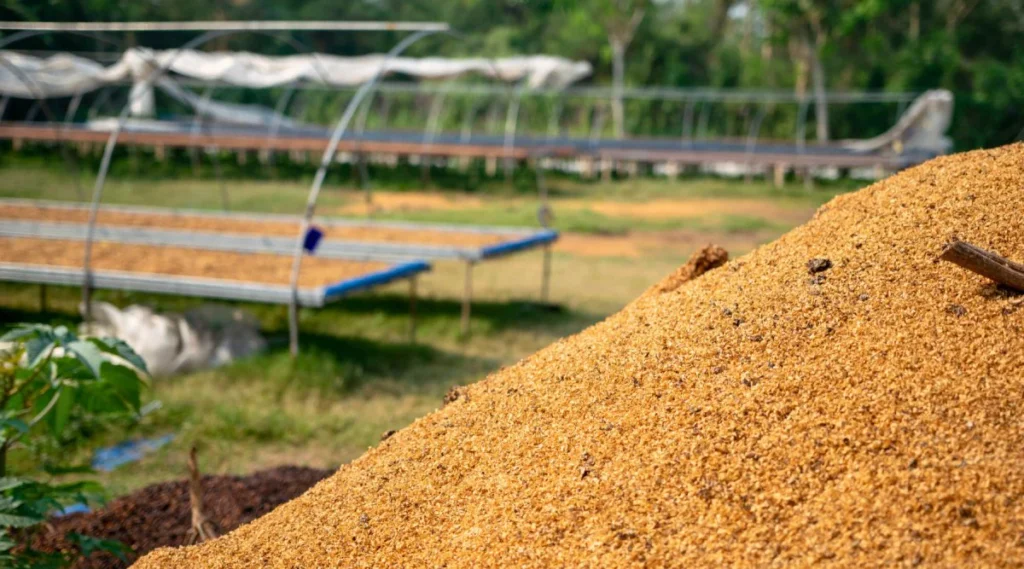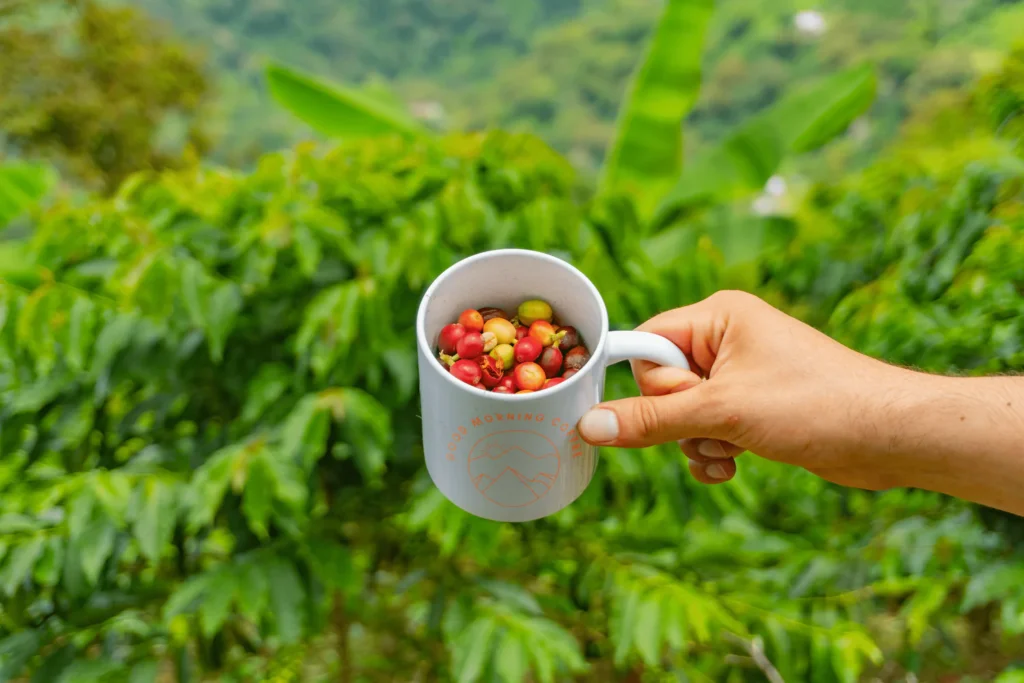
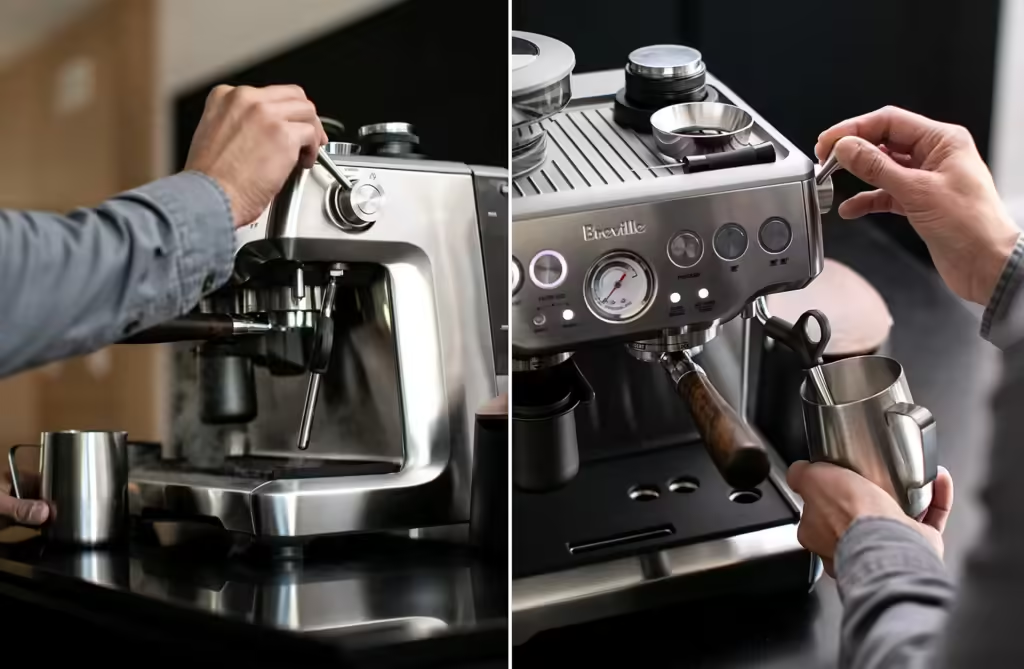
Creating the perfect espresso crema is a hallmark of a well-brewed espresso. When made correctly, cream—often referred to as “crema” by coffee enthusiasts—adds depth, aroma, and visual appeal to your espresso shot. But, what exactly contributes to creating this luxurious layer of rich, velvety foam, and which best espresso machine for crema? In this guide, we’ll take a deep dive into understanding cream quality, the factors that influence its production, and which espresso machines produce the best cream consistently.
At EspressoandMachines.com, we aim to provide expert advice and in-depth information on everything espresso-related. This guide is specifically designed to help both beginners and experienced baristas select the right machine for perfect cream. So, let’s delve in!
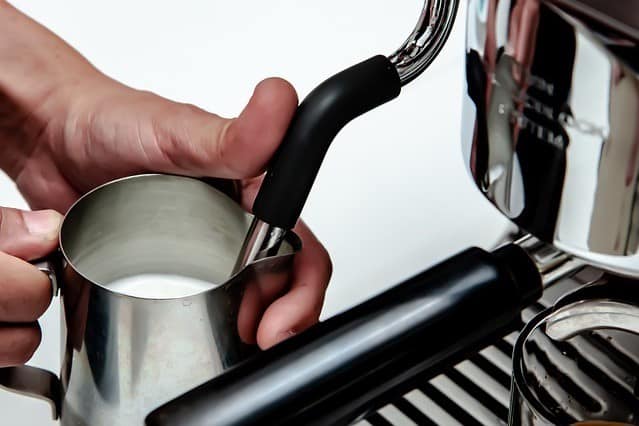
Understanding Cream Quality: What Makes the Best Cream in Espresso Machines?
When evaluating an espresso shot, the cream is often the first indicator of quality. Cream, in this context, is the golden-brown layer of foam that sits atop the espresso, providing a smooth texture and intense flavor. But not all cream is created equal. The best cream has distinct characteristics:
Texture: It should be thick and velvety, without large bubbles.
Density: The cream should sit on top without quickly dissolving into the coffee.
Color: High-quality cream is a golden-brown hue, indicating the perfect extraction.
Aroma: Cream helps preserve the rich, complex aroma of the coffee.
Espresso roast coffee beans are optimized for crema production, offering a sweeter, more balanced flavor profile and lower acidity due to their unique roasting process.

Different types of espresso machines—manual, semi-automatic, and super-automatic—can produce varying cream quality. Understanding these nuances is key when choosing the right machine for your needs.
How Espresso Machines Work
Espresso machines work by forcing pressurized hot water through finely ground coffee beans, resulting in a concentrated and flavorful beverage known as an espresso shot. The process involves several key components, including a boiler, pump, and group head, each playing a crucial role in brewing espresso.
The boiler heats the water to the optimal temperature, typically between 195°F and 205°F, ensuring the perfect extraction of flavors from the coffee grounds. The pump generates the high pressure, usually around 9 bars, needed to force the water through the finely ground coffee beans. The group head is where the coffee grounds are placed, and it’s where the magic happens as the espresso shot is extracted.
Here’s a step-by-step breakdown of the process:
Add Coffee Grounds: The user adds finely ground coffee beans to the group head, ensuring an even distribution.
Heat the Water: The machine heats the water to the optimal temperature, crucial for extracting the rich flavors and oils from the coffee grounds.
Generate Pressure: The pump generates high pressure to force the hot water through the coffee grounds, extracting the espresso shot.
Extract the Espresso: The espresso shot is extracted and collected in a cup, ready to be enjoyed.
Espresso machines come in various types, including manual, semi-automatic, and automatic, each offering different levels of control and automation. Manual machines require the user to manually force the water through the coffee grounds, providing the most control but requiring skill and experience. Semi-automatic machines automate the water pressure but still require the user to grind and tamp the coffee. Automatic machines handle the entire process, from grinding the beans to extracting the espresso shot, making them ideal for convenience and consistency.
Factors That Affect Cream Quality in Espresso Machines
The type of espresso machine and its features play a crucial role in the quality of cream produced. High-end espresso machines often have advanced features that improve crema quality. Below are some factors that significantly influence cream quality:
Type of Espresso Machine
Each machine type—semi-automatic, super-automatic, or manual—offers varying levels of control over the brewing process, impacting cream quality. Here’s a quick overview:
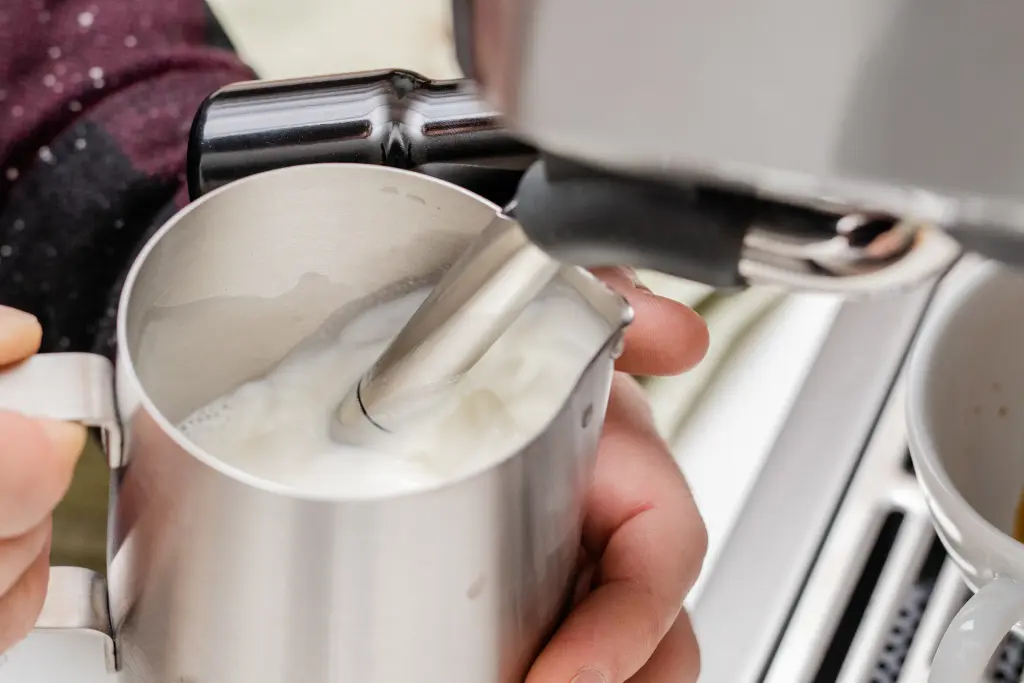
Manual Machines: These give the most control but require skill and experience to produce good cream.
Semi-Automatic Machines: Allow control over grind size and extraction time, ideal for those who want consistency and customization.
Super-Automatic Machines: Best for ease of use, though they can lack the precision needed for perfect cream. When considering the best espresso machines, it’s important to evaluate their ability to pull great shots consistently, features like steam wands, ease of cleaning, and pressure regulation.
Grinder Quality and Coffee Grind Size
Grind size is one of the most critical factors in cream production. A too-coarse grind leads to under-extraction, resulting in weak cream, while a too-fine grind can cause over-extraction and bitter flavors. High-quality grinders ensure a consistent grind size, which is essential for creating a thick, rich cream. Breville machines with integrated grinders ensure consistent grind size for optimal crema.
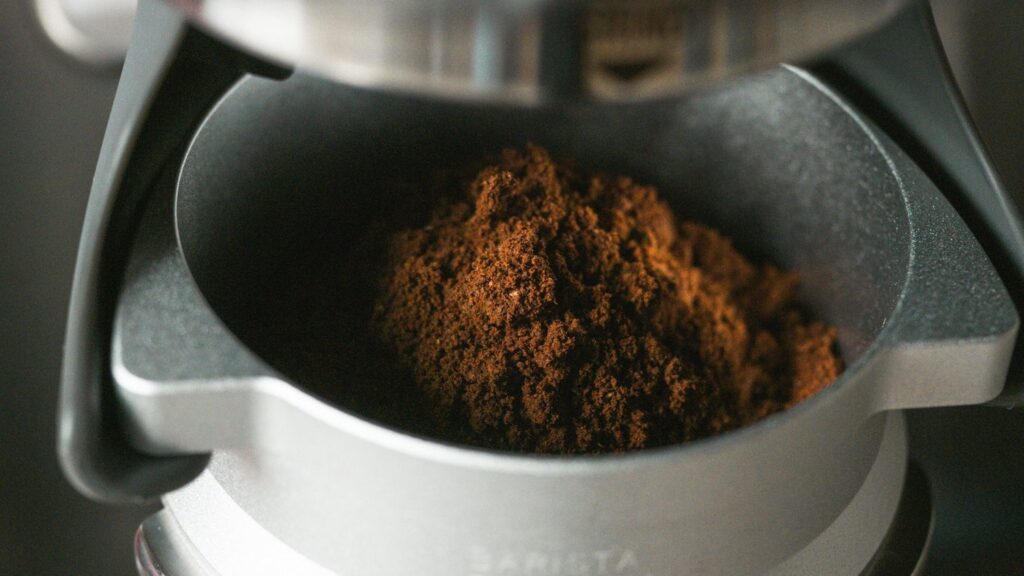
Water Pressure and Temperature Control
The ideal water pressure for cream production is around 9 bars. Too much pressure can cause a thin layer of cream, while too little results in an uneven, bubbly texture. Temperature control is equally important; water that’s too hot or cold can disrupt the emulsification of oils, resulting in poor-quality cream.
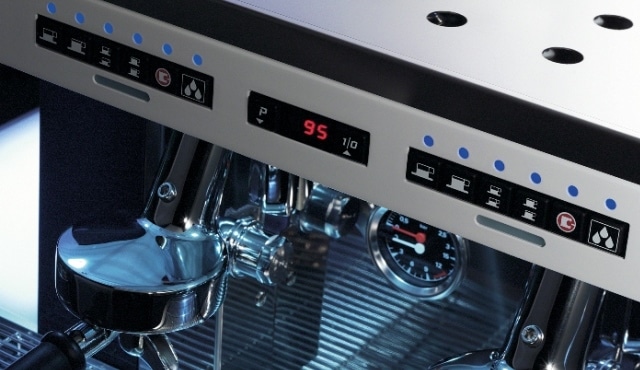
Freshness of Coffee Beans and Extraction Time
Fresh coffee beans contain more oils, which are crucial for cream formation. Beans that are too old or improperly stored will result in flat, lackluster cream. Moreover, the optimal extraction time is around 25–30 seconds for a perfect balance of cream quality and espresso flavor.
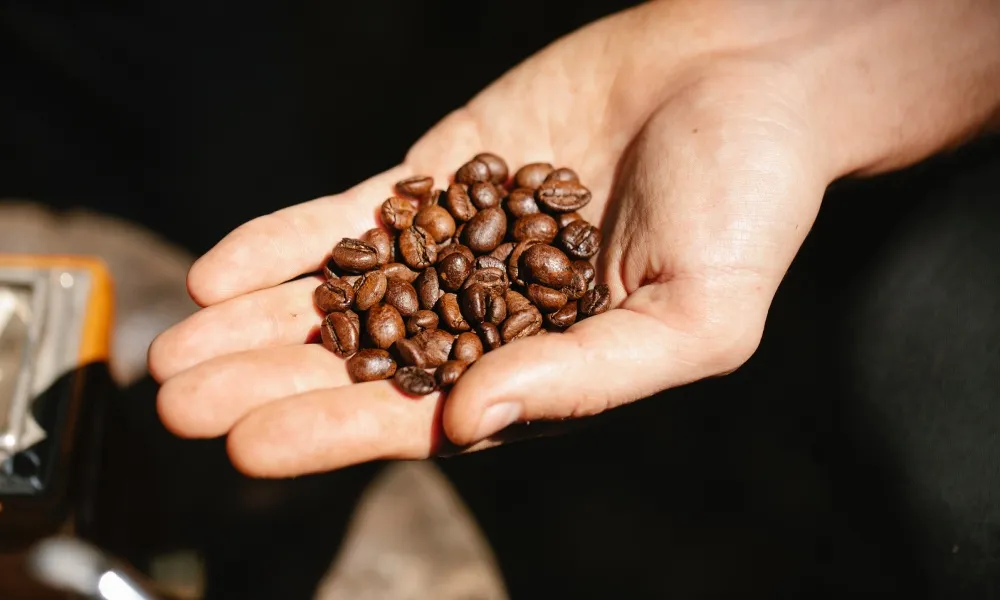
Top Espresso Machines for the Best Cream: An In-Depth Review
Choosing the right espresso machine can significantly affect your cream quality. While espresso machines are renowned for their rich crema, drip coffee offers a different flavor intensity that many coffee enthusiasts appreciate. Here’s a review of some of the top machines known for their excellent cream production:
Best Semi-Automatic Espresso Machines for Cream
Breville Barista Express – High-Pressure Extraction & Precise Grind
The Breville Barista Express is known for its ability to produce consistently thick and rich cream, thanks to its integrated conical burr grinder and PID temperature control. The high-pressure extraction system ensures optimal oil emulsification, which is key for cream production.
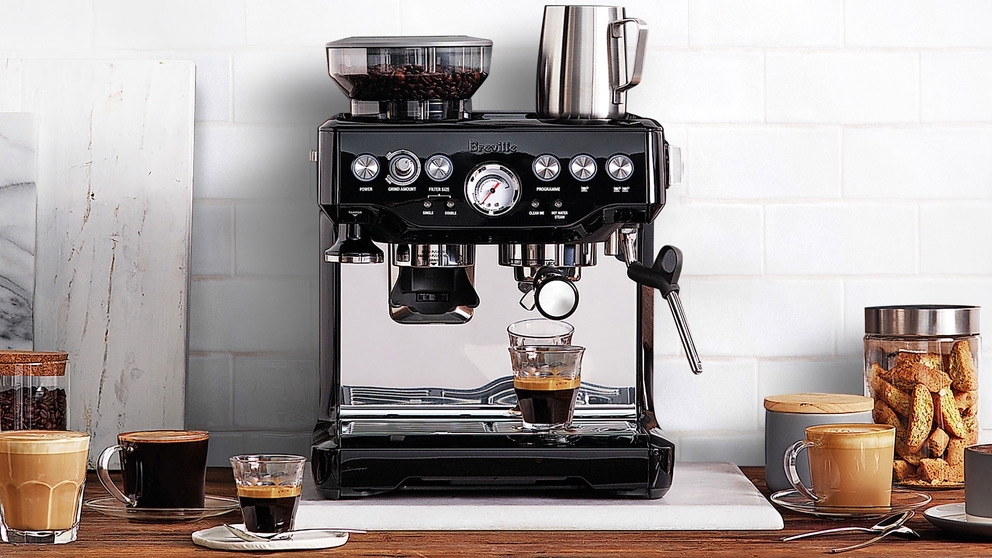
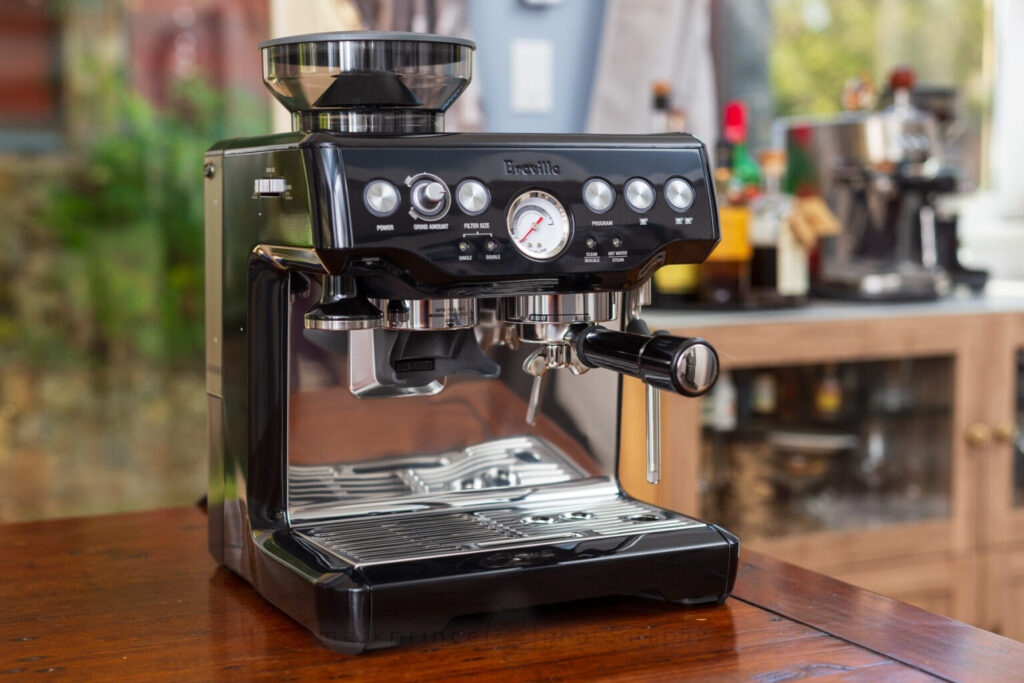
Gaggia Classic Pro – Consistent Cream Production with Custom Mods
The Gaggia Classic Pro is favored among enthusiasts for its ability to be customized with various modifications. Its 58mm professional portafilter allows for optimal extraction, leading to a dense, golden-brown cream layer every time.
Best Super-Automatic Espresso Machines for Consistent Cream
Jura E8 – Advanced Cream Control with Pre-Brew Aroma System
The Jura E8’s intelligent pre-brew aroma system ensures that every shot has a rich, velvety cream. Its built-in grinder and precision pressure settings create an ideal brewing environment for consistent cream production.
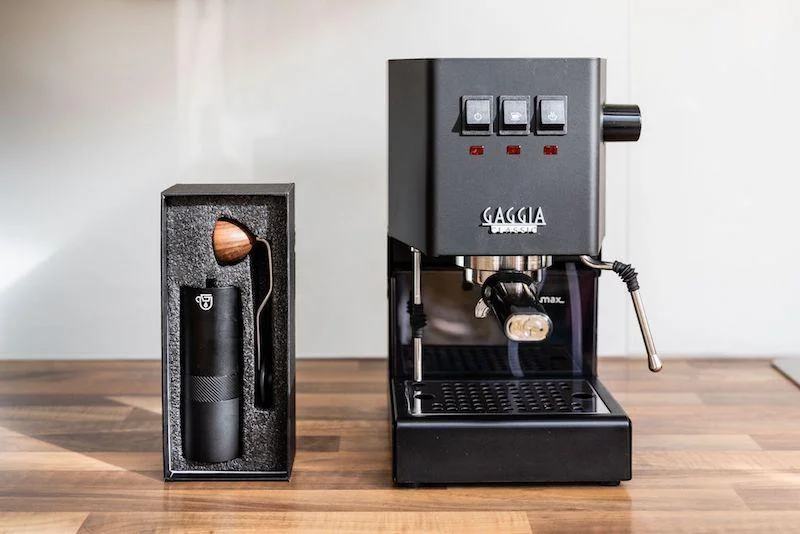
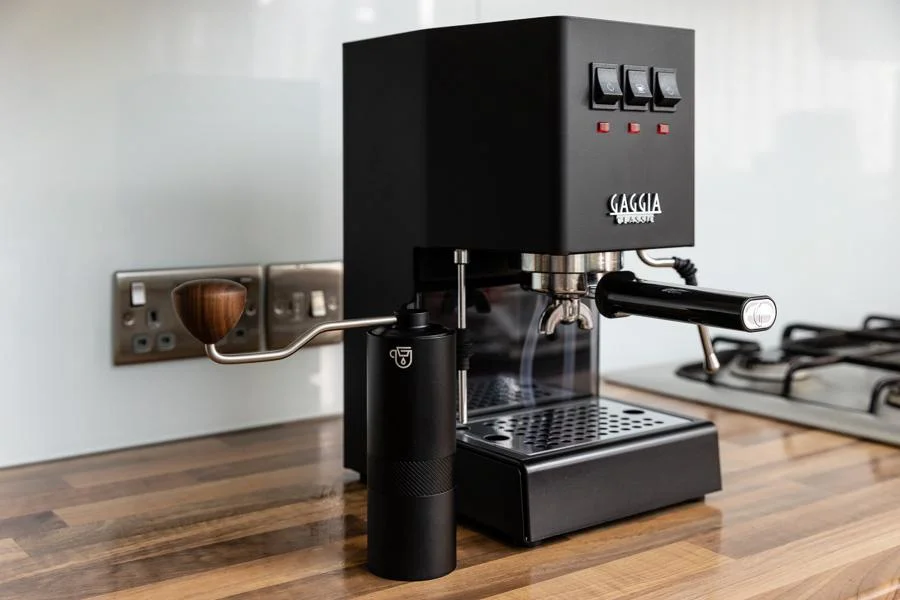
Manual Espresso Machines That Make the Best Cream
Flair Pro 2 – Handcrafted Cream with Pressure Profiling
The Flair Pro 2 offers unparalleled control over pressure profiling, allowing users to extract the perfect shot manually. Its ability to maintain consistent pressure results in a handcrafted, barista-quality cream that rivals high-end automatic machines.
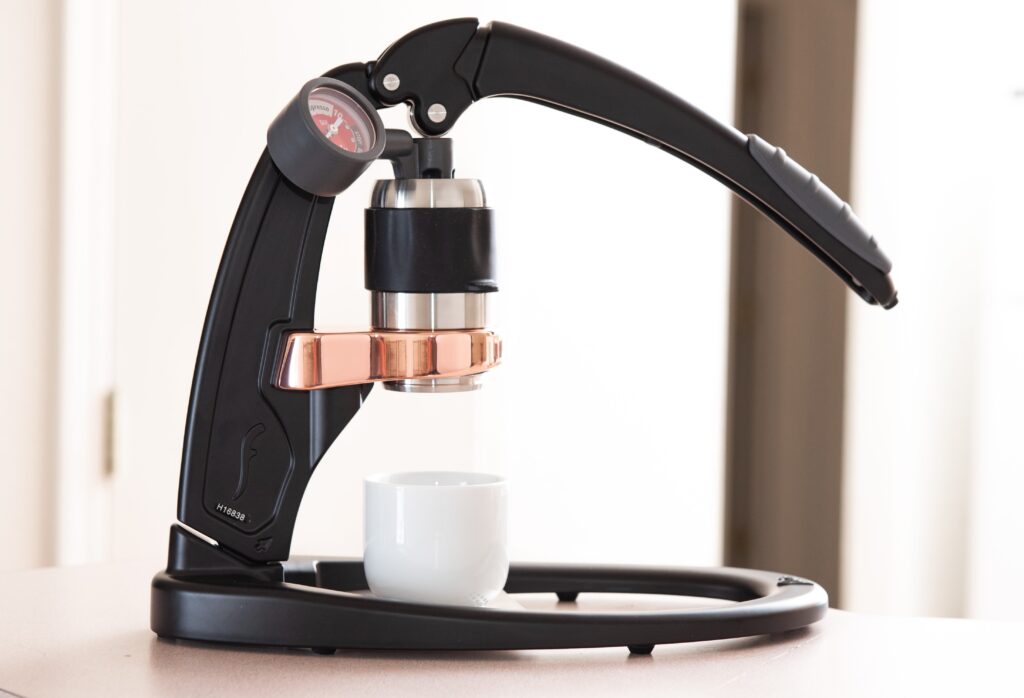
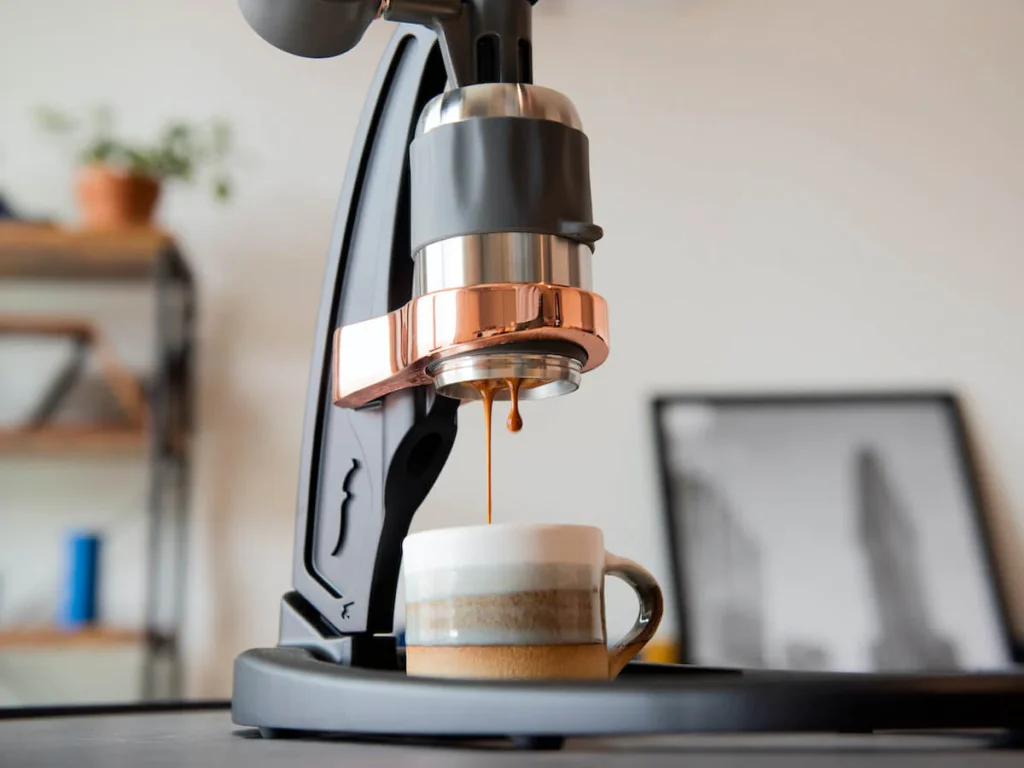
How to Choose the Right Espresso Machine for Perfect Cream?
Choosing the right machine for cream quality involves balancing user skill, budget, and desired level of control. Here’s how to navigate these choices:
Matching Machine Type to User Skill Level
Beginners: Super-automatic machines like the Jura E8 offer convenience and consistent cream without much effort.
Intermediate Users: Semi-automatic machines like the Breville Barista Express allow for more control and customization.
Experts: Manual machines like the Flair Pro 2 give complete control, making them ideal for baristas who want to perfect their craft.
Budget vs. Quality of Cream – Finding the Best Value
High-end machines often offer superior cream quality due to better pressure and temperature control systems. However, mid-range machines like the Gaggia Classic Pro can provide excellent cream with the right technique, making them a great value option.
Tips on Maintenance to Maintain Cream Quality Over Time
Regular maintenance, including descaling, cleaning the portafilter, and replacing seals, ensures consistent cream quality. Neglecting maintenance can lead to uneven pressure and poor extraction, diminishing cream quality.
Comparing Popular Espresso Machines: Which One Makes the Best Cream?
Here’s a comparison of three popular machines based on their cream quality, ease of use, and overall performance:


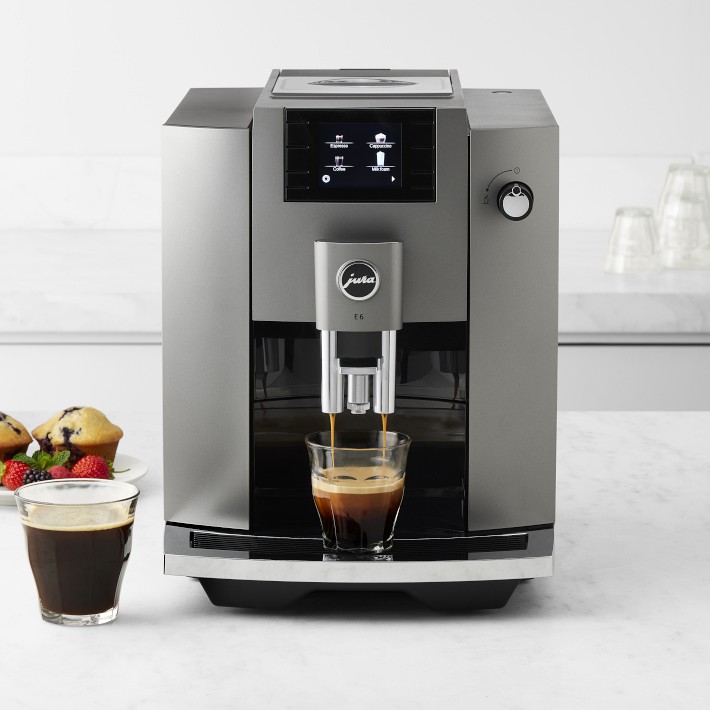
Comparative Analysis: Breville vs. Gaggia vs. Jura
Breville Barista Express: Best for control over extraction and grind size.
Gaggia Classic Pro: Ideal for modding and custom setups.
Jura E8: Best for hands-off convenience with consistently great cream.
Pressure Consistency and Cream Density Test Results
When tested for pressure consistency and cream density, the Jura E8 outperformed others due to its automated pressure control, while the Breville allowed for better manual adjustments, yielding slightly thicker cream.
Taste and Texture: Expert Opinions
Experts generally favor the Breville for its ability to balance cream texture and flavor, while the Jura is praised for its consistent, albeit less creamy, results.
Common Mistakes that Affect Cream Production in Espresso Machines
Even the best machine can’t produce good cream if the user makes these common mistakes:
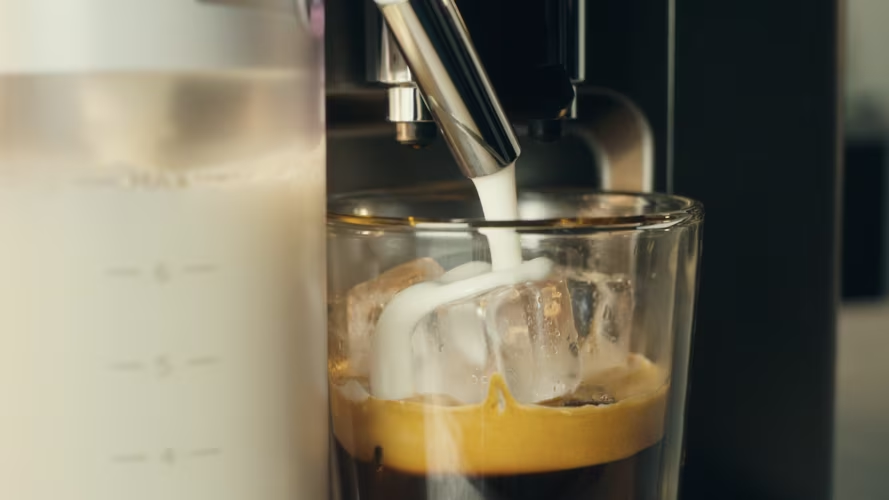
Credist to De’Longhi Coffee Lounge
Inconsistent Grind Size Inconsistent grind size disrupts the flow of water through the coffee, leading to uneven extraction and thin cream.
Incorrect Water Temperature Water that’s too hot will burn the coffee, creating bitter cream, while water that’s too cold will fail to extract enough oils.
Using Stale Coffee Beans Stale beans lack the oils needed for good cream, resulting in a weak, bubbly layer.
Poor Machine Maintenance Clogged filters, dirty portafilters, and old gaskets can prevent the machine from reaching the optimal pressure needed for cream.
Techniques for Achieving Rich and Velvety Crema
Achieving a rich and velvety crema on your espresso shot is a blend of art and science, requiring the right techniques and high-quality equipment. Here are some essential tips to help you perfect your crema:
Use Freshly Roasted and Ground Coffee Beans: Freshness is key. Coffee beans should be used within three weeks of roasting to ensure they retain their oils and flavors, which are crucial for a rich crema. Grind the beans just before brewing to preserve their freshness.
Adjust the Grind Size: The grind size of your coffee beans is critical. A grind that’s too fine can lead to over-extraction and a bitter taste, while a grind that’s too coarse can result in under-extraction and a weak crema. Aim for a fine, consistent grind that allows for optimal extraction.
Tamp the Coffee Grounds: Tamping is essential for achieving an even extraction. Use a tamper to compress the coffee grounds firmly and evenly in the portafilter. This ensures that the water flows through the coffee evenly, extracting the maximum flavor and creating a thick crema.
Use the Right Water Temperature: The water temperature should be between 195°F and 205°F. Water that’s too hot can burn the coffee, while water that’s too cold can result in under-extraction. Consistent temperature control is crucial for a balanced and flavorful espresso shot.
Use the Right Brewing Time: The ideal brewing time for an espresso shot is between 20 and 30 seconds. This allows enough time for the water to extract the flavors and oils from the coffee grounds without over-extracting and creating bitterness.
Use a High-Quality Espresso Machine: Investing in a high-quality espresso machine can make a significant difference in your crema quality. Look for machines known for their consistent pressure and temperature control, such as the Breville Barista Express or the Jura E8. These machines are designed to produce high-quality espresso shots with a rich and velvety crema.
By following these techniques and using the right equipment, you can achieve a perfect crema that adds depth, aroma, and visual appeal to your espresso shots.
How to Improve Cream Quality in Any Espresso Machine?
Follow these tips to enhance cream quality, no matter the machine:
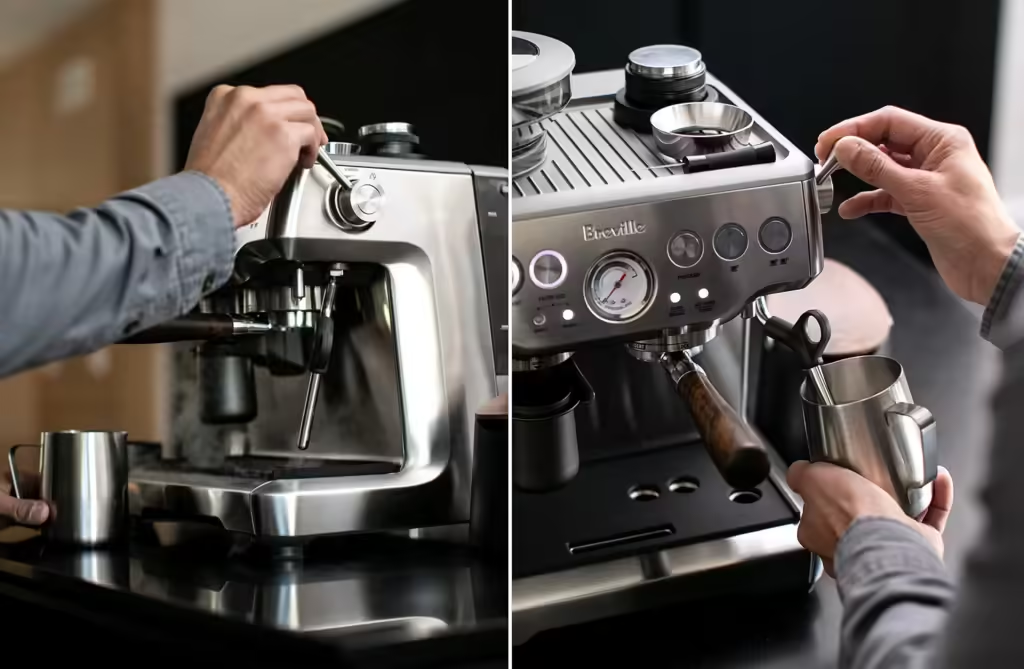
Using Freshly Roasted Beans Use beans that are less than three weeks old for the best cream quality. Store them in an airtight container away from light and heat.
Adjusting Extraction Time and Water Pressure Fine-tune extraction time and pressure settings based on the roast profile of your beans for a thicker cream.
Pre-Infusion Techniques for Better Cream Allow a few seconds of pre-infusion to saturate the grounds evenly before full extraction, improving cream formation.
Upgrading Grinders and Tampers for Enhanced Texture Invest in a high-quality grinder and a professional tamper to ensure even ground distribution and packing, which are key for a uniform cream layer.
FAQs: Answering Common Questions About Cream in Espresso Machines
Why is My Espresso's Cream Thin and Watery?
This could be due to an incorrect grind size or poor-quality beans. Check the grind size and use fresher coffee.
How to Achieve Golden-Brown Cream Every Time?
Use freshly roasted beans, maintain consistent extraction pressure, and ensure your machine is clean and well-maintained.
Does Machine Type Affect Cream Texture?
Yes, manual machines often produce thicker cream, while super-automatic machines focus on consistency.
Our blog contains affiliate links to products. We may receive a commission for purchases made through these links. However, this does not impact our reviews and comparisons. We try our best to keep things fair and balanced, in order to help you make the best choice for you.

